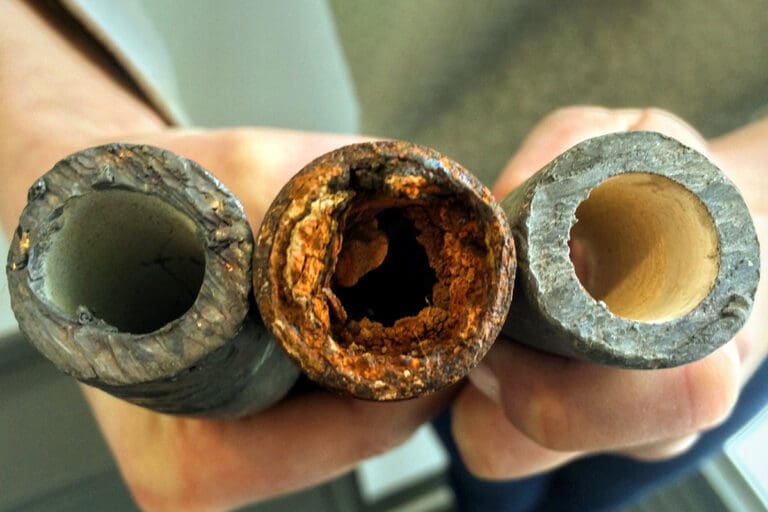
Mold can be a sneaky troublemaker in our homes, especially in places we don't see every day, like pipes and drains. Mold can make us sick and cause big problems if we don't stop it in its tracks. That's why it's super important to learn how to keep our pipes and drains mold-free.
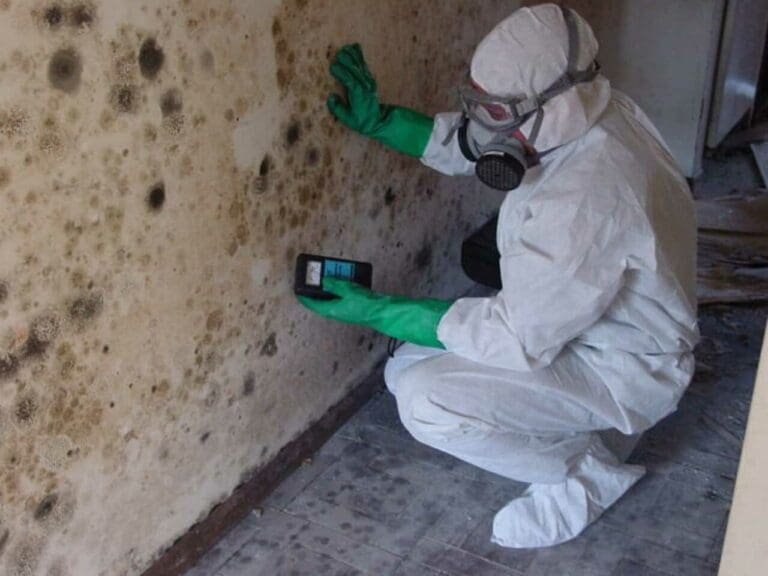
Mold growth in basements can be a big problem. There are a few common causes that you should know about. One major cause is moisture. Basements often have damp air, which is perfect for mold to grow. Leaky pipes or a cracked foundation can also let water into the basement.
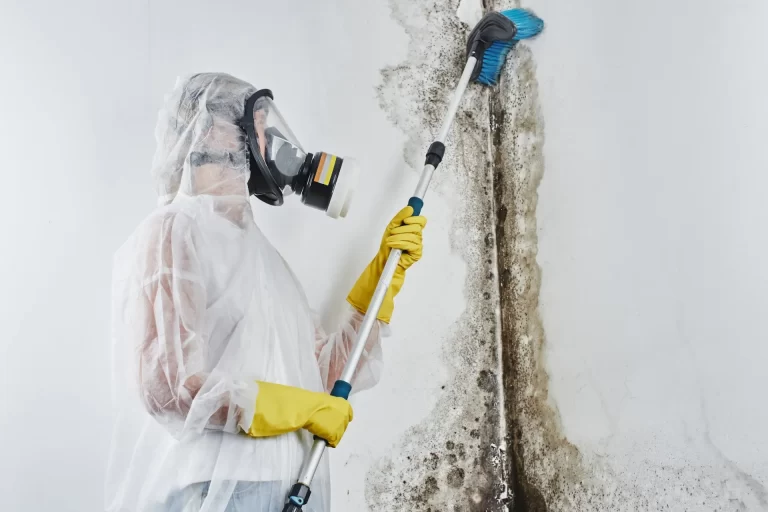
Mold remediators use specific tools to get rid of mold. The most common tools in mold remediation are HEPA vacuums, air scrubbers, and containment barriers. HEPA vacuums have high-efficiency filters that trap mold spores and prevent them from spreading through the air.

Mold remediation is about getting rid of mold and keeping it from coming back. Mold is a type of fungus that grows in damp places. It can be on walls, ceilings, floors, or even furniture. When people find mold in their homes, they often need to call in professionals to handle it.
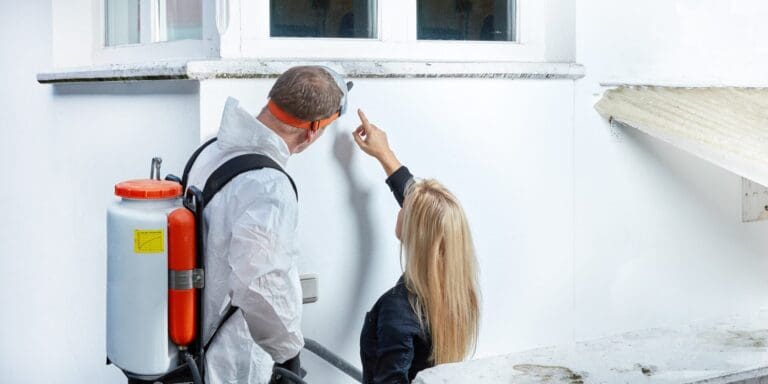
It costs more to remove because of access issues. Certain mold types demand specialized removal techniques, affecting overall expenses. Labor costs contribute to the total, alongside the disposal of moldy materials. However, these figures serve as general estimates and actual costs vary.
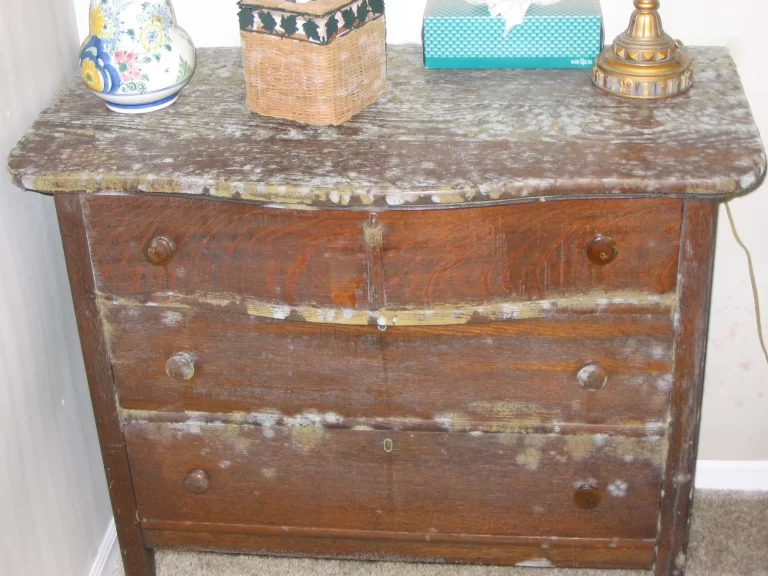
Mold is a kind of tiny living thing that grows on wet stuff like furniture. Different kinds of furniture, like wood chairs or fabric couches, can get moldy if they get too damp. When it's too humid or there's not enough air, mold can start to grow.

Check your home or workplace often for mold. Look, especially in damp spots. Fix leaks and water damage right away to stop mold from growing again.
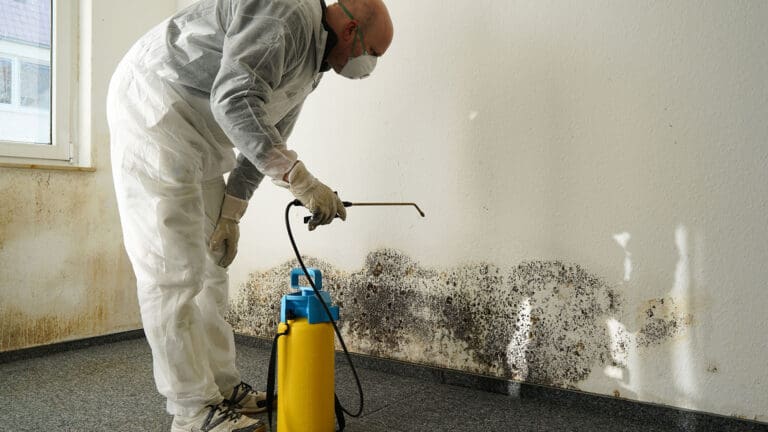
The key to getting rid of mold smells is finding where they come from. You can do this by fixing leaks or making sure your house gets enough air. So, you might need help, with mold remediation or an Indiana mold inspection.
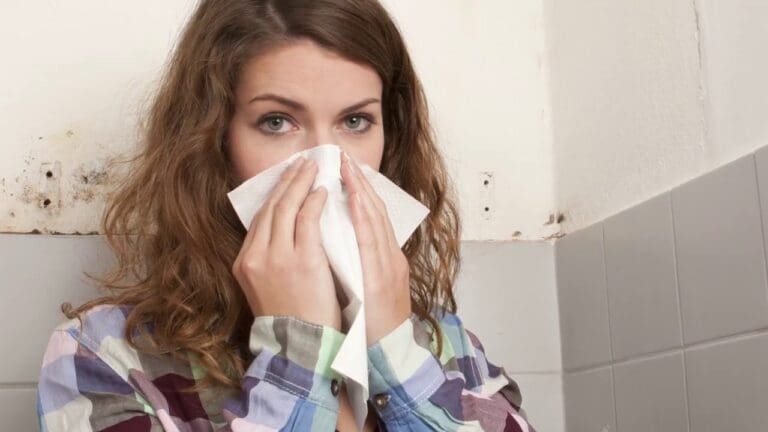
Mold sickness can happen when you breathe in tiny mold spores. Mold spores are like tiny seeds that float in the air. They're too small to see without a microscope. When you breathe in mold spores, they can get into your lungs and make you sick.
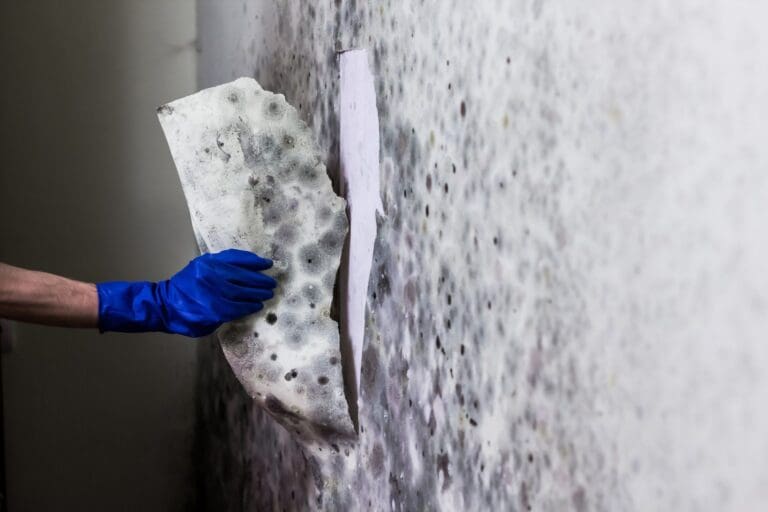
Mold is like tiny living things we can't see with our eyes, and they love to live where it's damp. Imagine mold as little plants that grow on walls when it's wet. You might not see them, but they can make the air difficult to breathe. Mold can hide in walls, and sometimes it makes a funny smell, like old socks.









